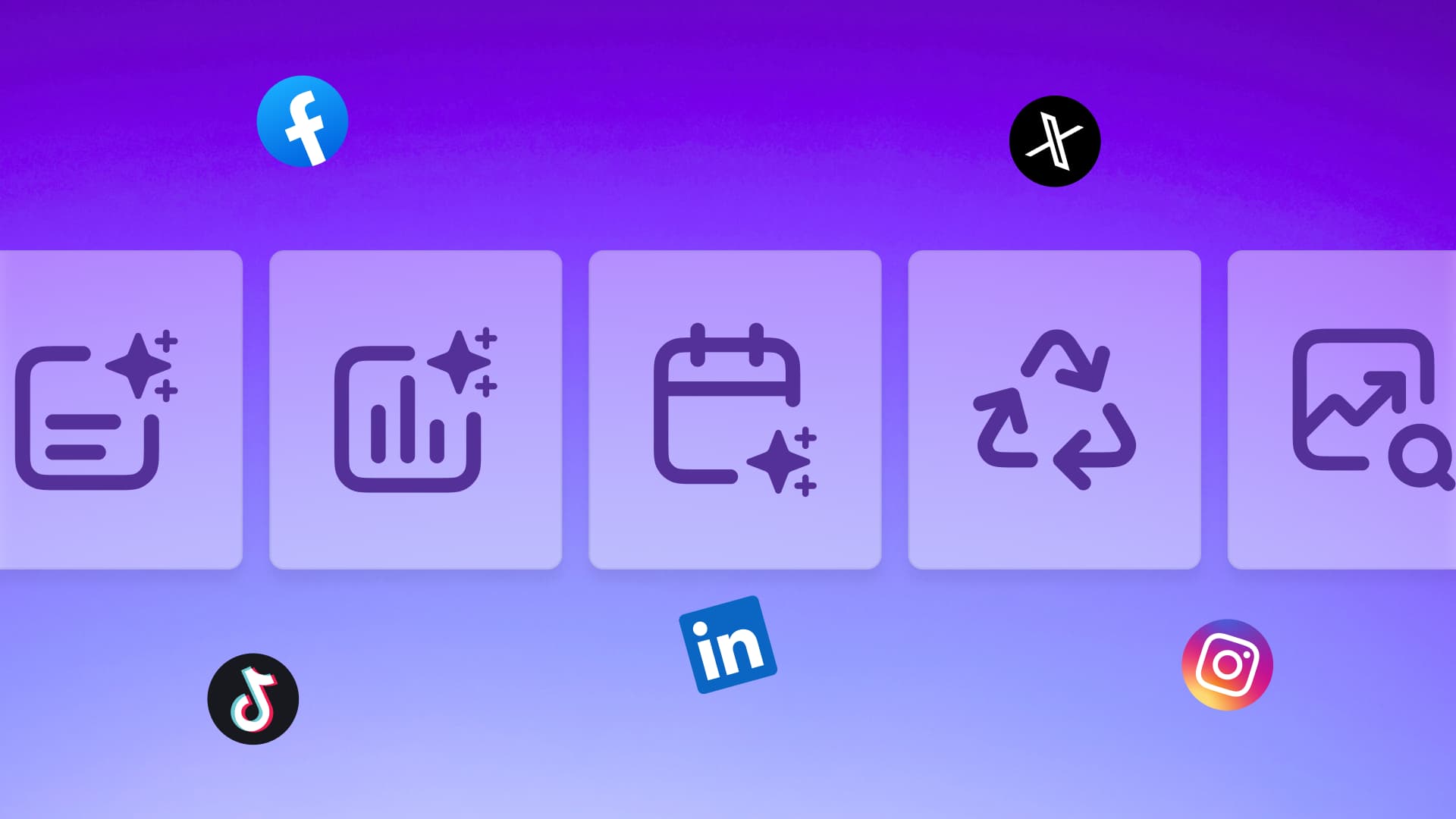New
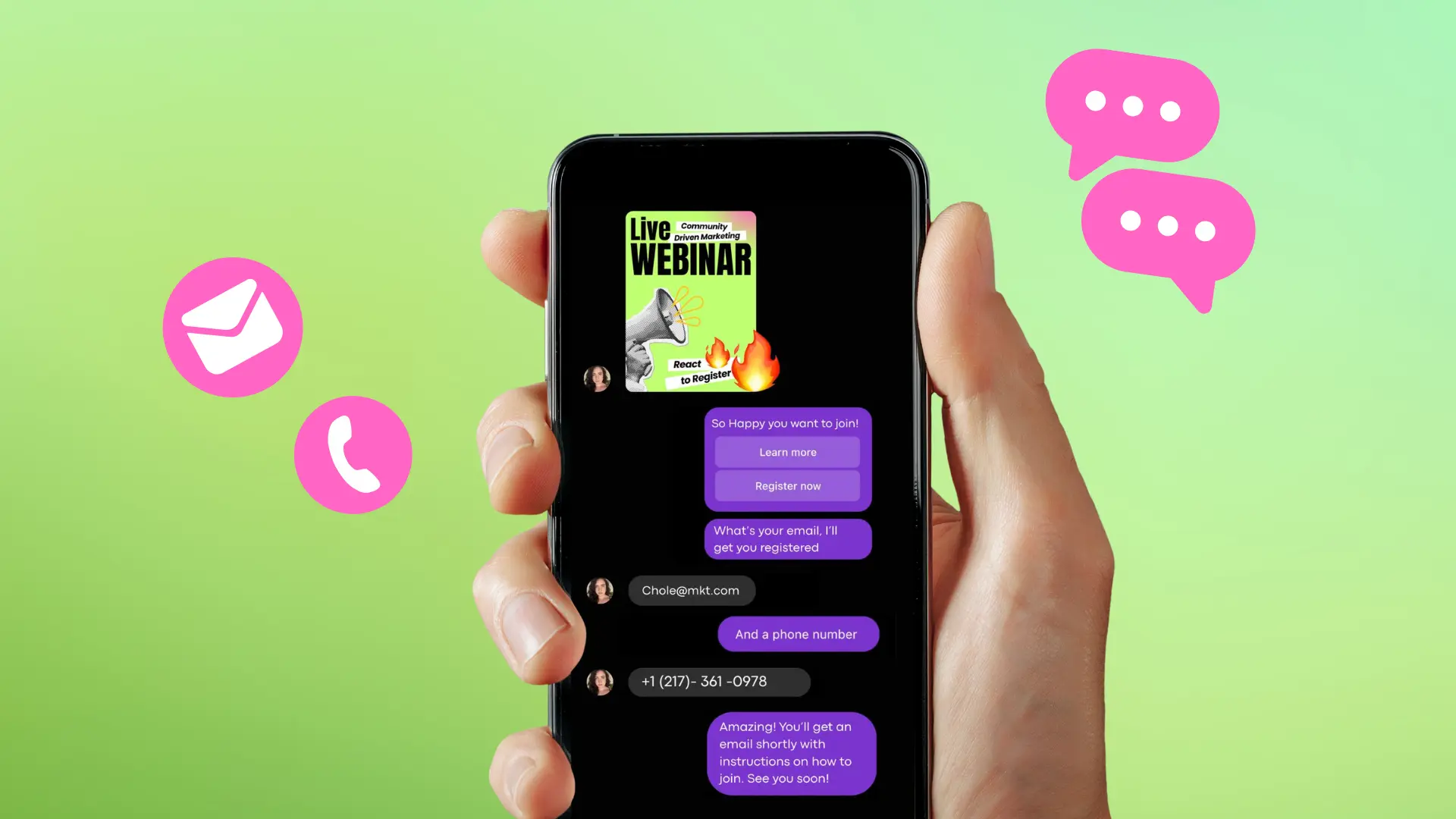
Turn Your DMs Into Lead Gen!
Learn how to collect lead data from your DMs such as email addresses, phone numbers, and more right from your social inbox. If you are not yet automating your DMs your competitors are outpacing you.

How Something Social Saved 75% of Their Time and Increased Revenue by 15%
See how a fast-growing agency improved operations, cut down hours of manual work, and unlocked new revenue opportunities with Vista Social.
New

50 Unique Social Media Ideas for Consistent Content Creation
Discover 50 unique social media post ideas to engage your audience, grow your brand, and maintain a consistent content strategy with ease!
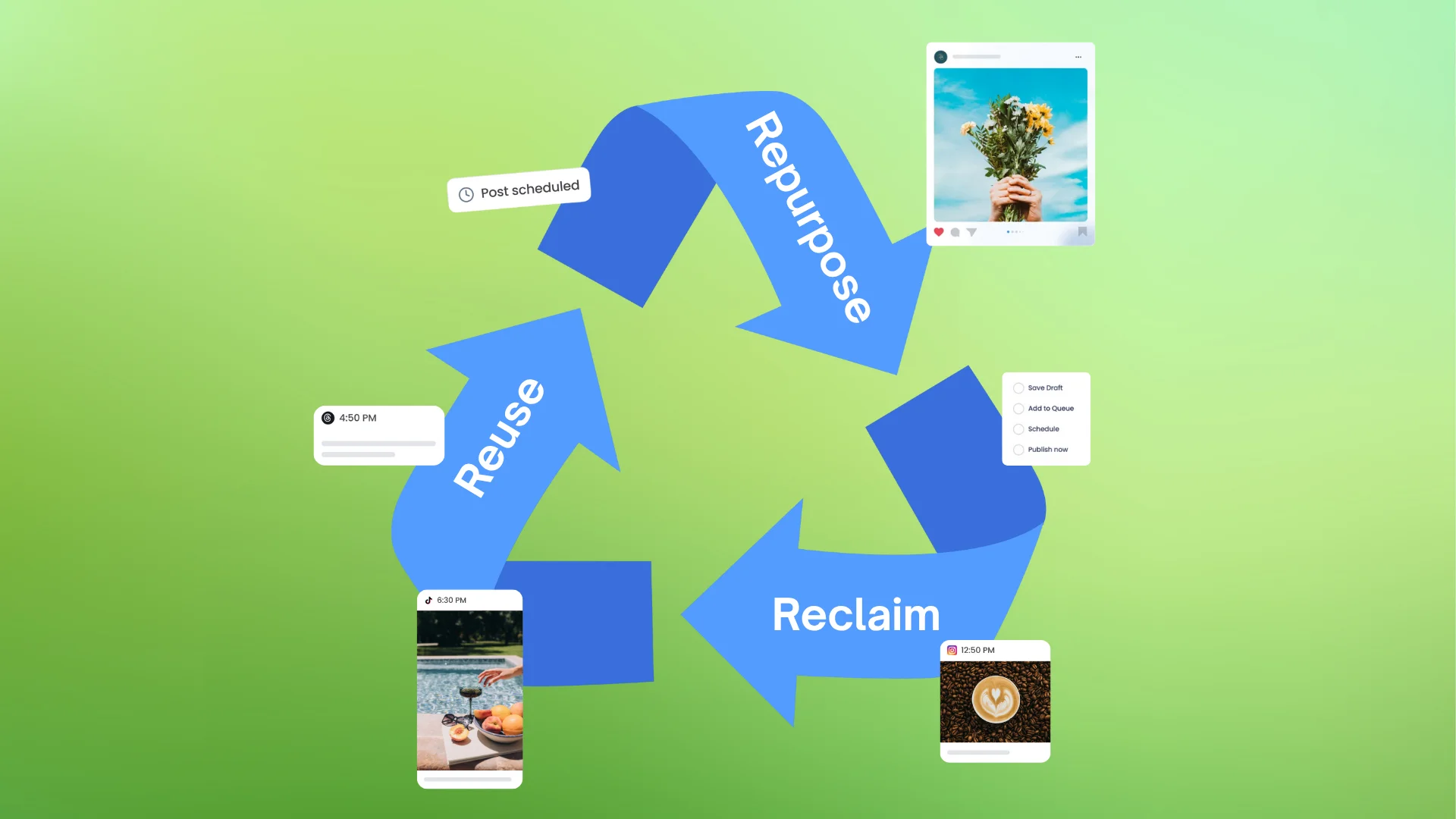
Mastering Content Reuse: The Key to a Consistent and Sustainable Posting Strategy
Published on June 27, 2024
10 min to read
Ultimate Guide: How to Track Engagement on Social Media
Summarize with AI


Table of Content

What’s the importance of learning how to track engagement on social media, you might ask? 🤔
Imagine this…
You create captivating posts for your clients.
You add fun and engaging audio background, use the right video dimensions, share them at ideal times, and yet…
…C.R.I.C.K.E.T.S.
It’s frustrating, right?
You spent time, effort, and resources creating your posts, only to see them ignored.
What happened? Why did it perform poorly?
You see, if you don’t track the engagement of your social media posts, you’ll never be able to analyze anything since you don’t have any data to begin with.
Do you now understand why tracking your engagements is crucial?
If you answered ‘yes,’ and you’re eager to start tracking your social media engagements, continue reading this guide.
We’ll walk you through the ins and outs of engagement tracking.
Table of contents
What you will learn
- Important considerations when tracking social media engagement
- 3 Methods to track engagement on social media
- Common mistakes to avoid when tracking engagement on social media
- Track engagement on social media like a boss
Important considerations when tracking social media engagement
It’s crucial to cover all your bases when learning to track your clients’ social media engagement.
This way, you can ensure a smooth and effective process.
Consider the following before diving into engagement tracking.
Determine your objectives
What do your clients want to achieve with their social media marketing and engagement efforts?
Are they looking to grow followers, drive more website traffic, or boost sales?
Clear objectives can guide your efforts to track your clients’ social media engagement, helping you focus on the metrics that matter most.
Identify key metrics
Engagement is more than the number of likes on your clients’ social media posts.
Pay close attention to interactions such as shares, comments, click-through rates, saves, and even Direct Messages (DMs).
These metrics provide insights into how your clients’ audiences interact with their content.
You can leverage the insights to adjust and improve your clients’ strategies for better results.
Choose the right tools
Effective social media engagement tracking requires the right tools.
Choose a tool that best fits your budget and needs, from platform-specific ones like Facebook Insights to reliable social media management platforms like Vista Social.
Consider crucial factors such as the tool’s user-friendliness, available integrations, scalability, etc.
Know the specific differences among social media platforms
Social media platforms can have a unique set of engagement metrics.
Some platforms have similar metrics but use different methods and baselines for tracking and measurement.
For example, what works on TikTok may not be as effective on Instagram.
Tailor your engagement tracking to the specific aspects of each platform your clients use to ensure you get accurate data and insights.
Understand analytics lingo
Familiarize yourself with social media analytics terms such as reach, engagement rate, conversion rate, and impressions.
Knowing these terms can help you better interpret your clients’ data, allowing you to extract and communicate valuable insights for data-driven decision-making.
Stay updated
Social media algorithms and trends are constantly evolving.
Stay updated and continue learning to keep up with the latest changes.
It can help ensure your social media engagement tracking efforts and methods remain effective.
Benchmark content and engagement performance
Set benchmarks to measure your clients’ progress based on engagement metrics.
Compare your clients’ current metrics with past performances to see what’s working and needs improvement.
Stay consistent
Tracking engagement isn’t a one-time thing.
You must spend time and effort to gather meaningful data consistently.
Regularly monitoring your clients’ engagement metrics allows you to spot trends, gain actionable insights, and make adjustments to boost current and future audience engagement.
3 Methods to track engagement on social media
Tracking your clients’ social media engagement doesn’t have to be daunting if you know the right methods and tools.
Consider the following time-tested ways to track engagement on social media.
1. Use social media management platforms
Social media management platforms with built-in analytics tools offer the best ways to track and measure engagement data.
Platforms such as Vista Social have robust social media analytics features that let you track and analyze engagement rates via post and social media performance reports.
For example, you can run a post performance report on your client’s Facebook, LinkedIn, X (Twitter), and Instagram content.
Navigate to Reports and Run report. Select Post performance.
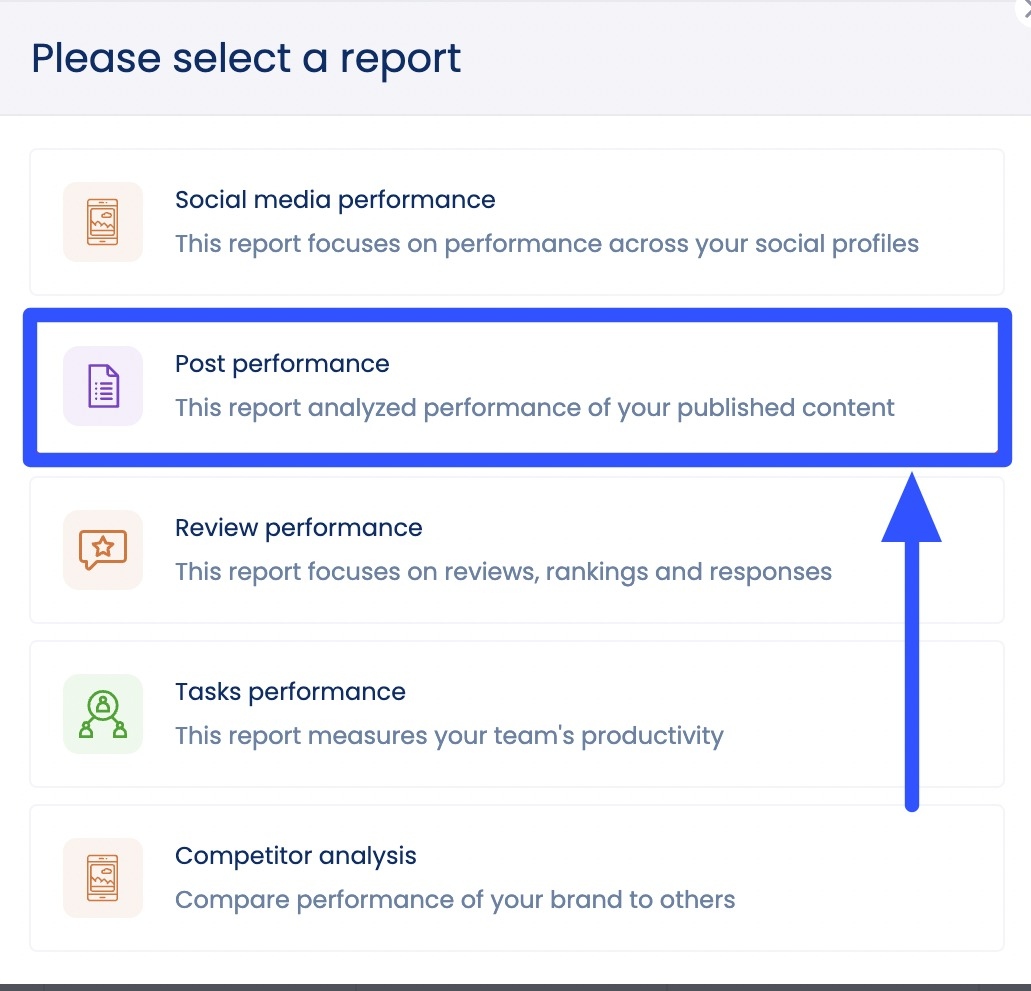
The report typically includes the following metrics:
- A summary of impressions, posts, engagement, and engagement rate
- The number of published posts by the social network within your selected date range
- The total posts and engagement by network
- The total posts and engagement by label
- The top performing posts that were published during your selected period
- The amount of interaction your client’s social content earns relative to its reach (engagement rate)
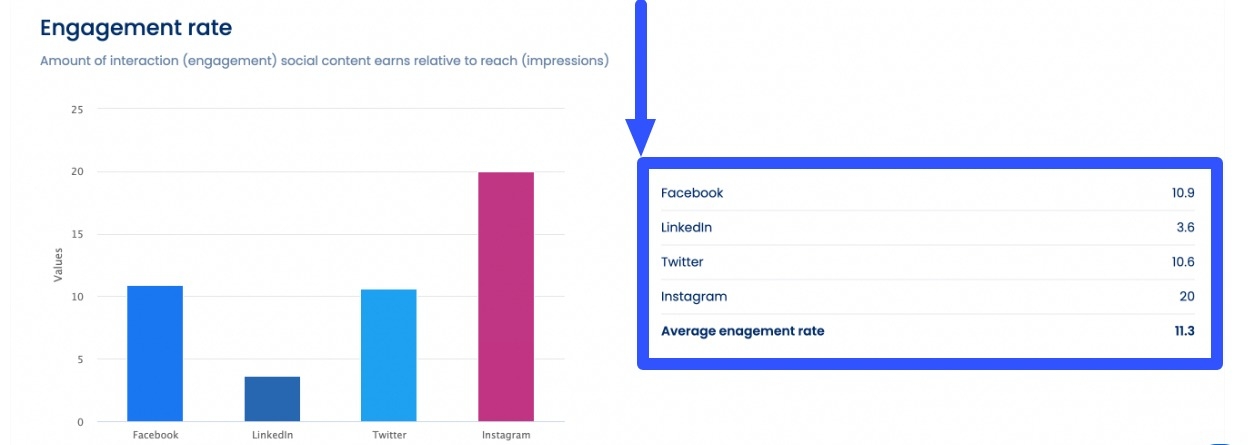
The best part is that you can schedule your clients’ reports on Vista Social to run and send to your designated recipients automatically.
[Must read: How to Create Automated Social Media Reports]
Set the specific timeframe, date to run your report, and the number of times you want to run it.
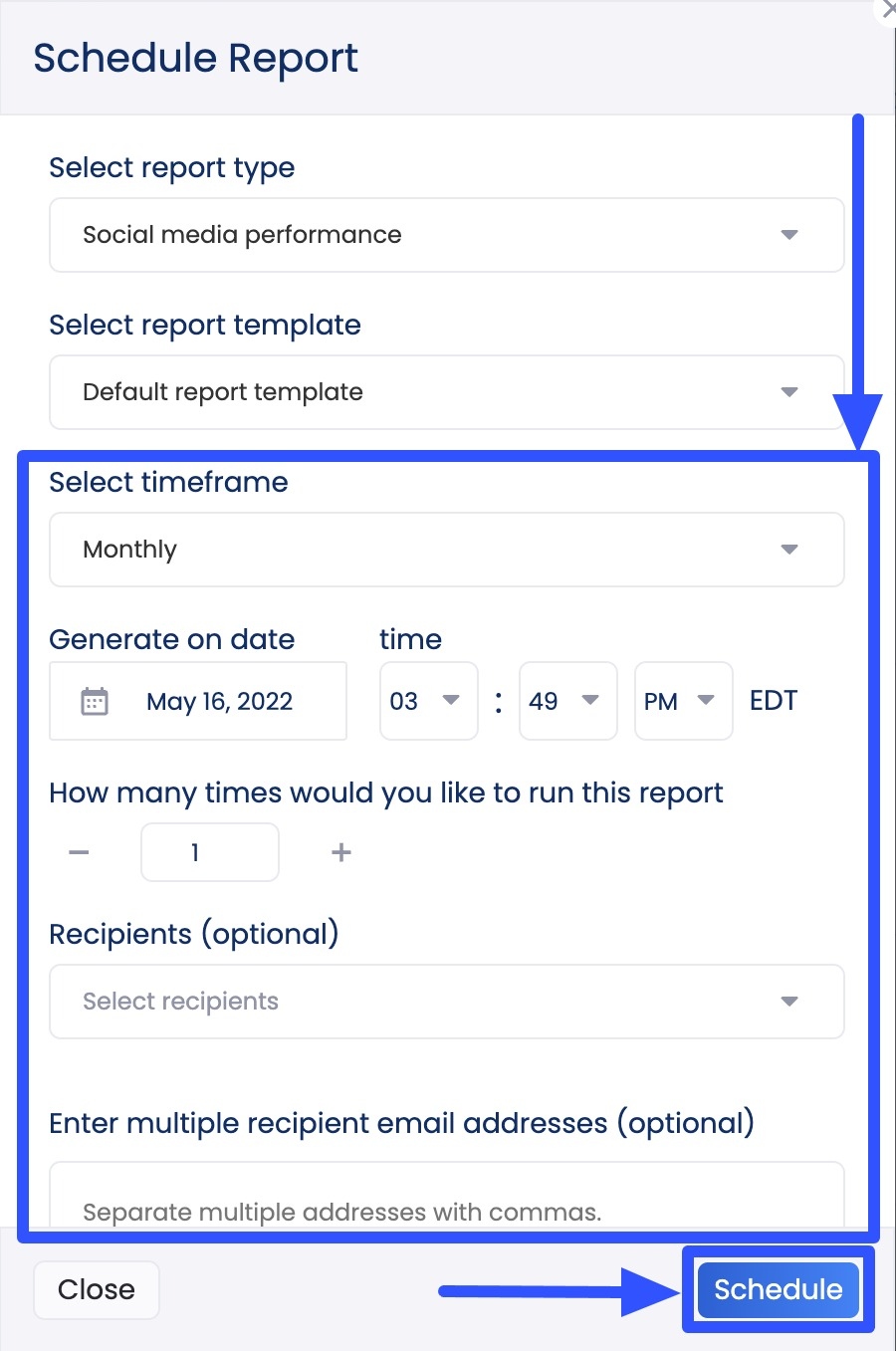
Add the email addresses of your recipients (clients, team members, and other stakeholders) to the designated fields and select Schedule.
Vista Social will automatically generate and send the reports to your recipients for seamless data reporting, analysis, and sharing.
Vista Social lets you create custom report templates if you want to drill down on or get a focused view of specific data.
Go to the Report builder on the Reports page.
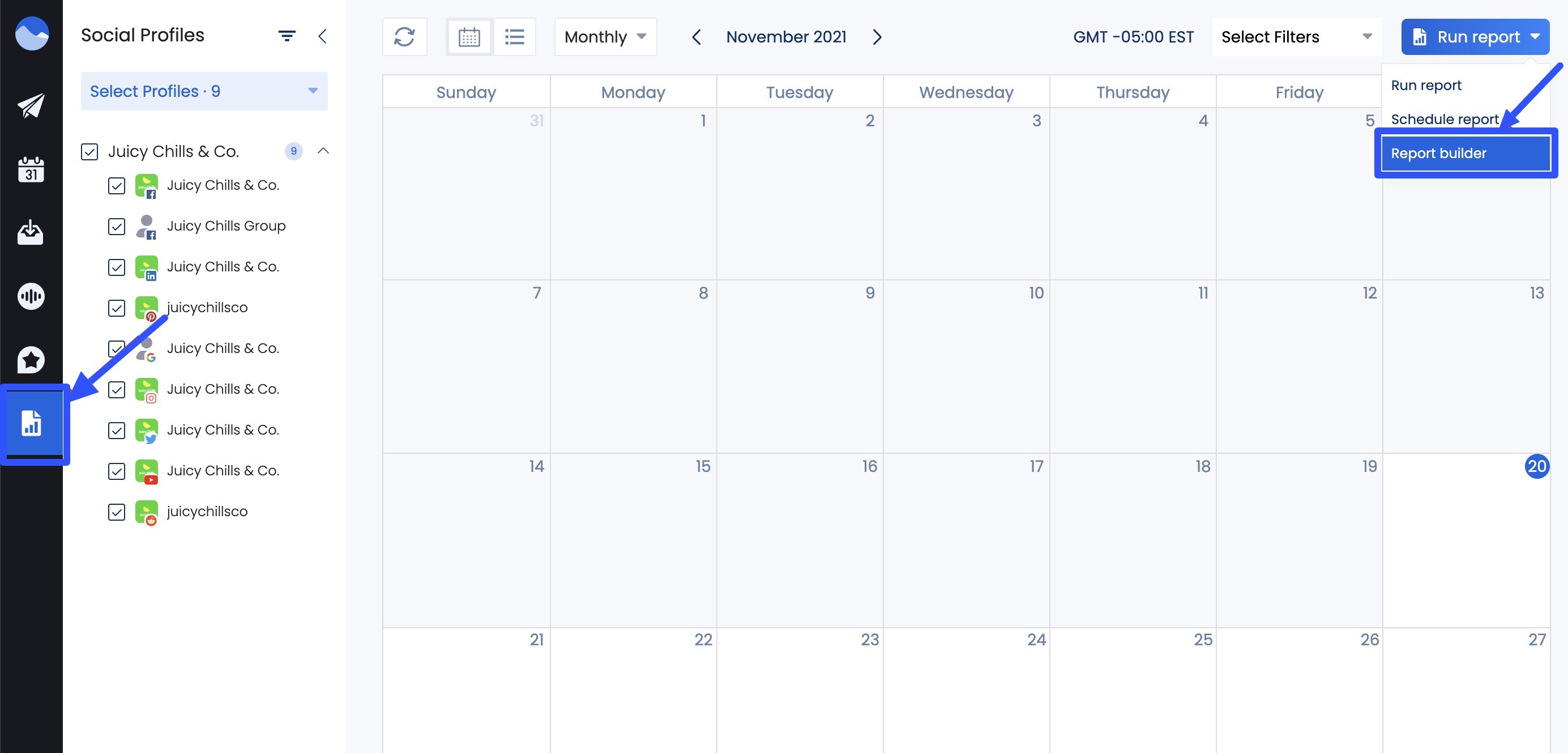
Select + Add Template on the Report builder pop-up window.
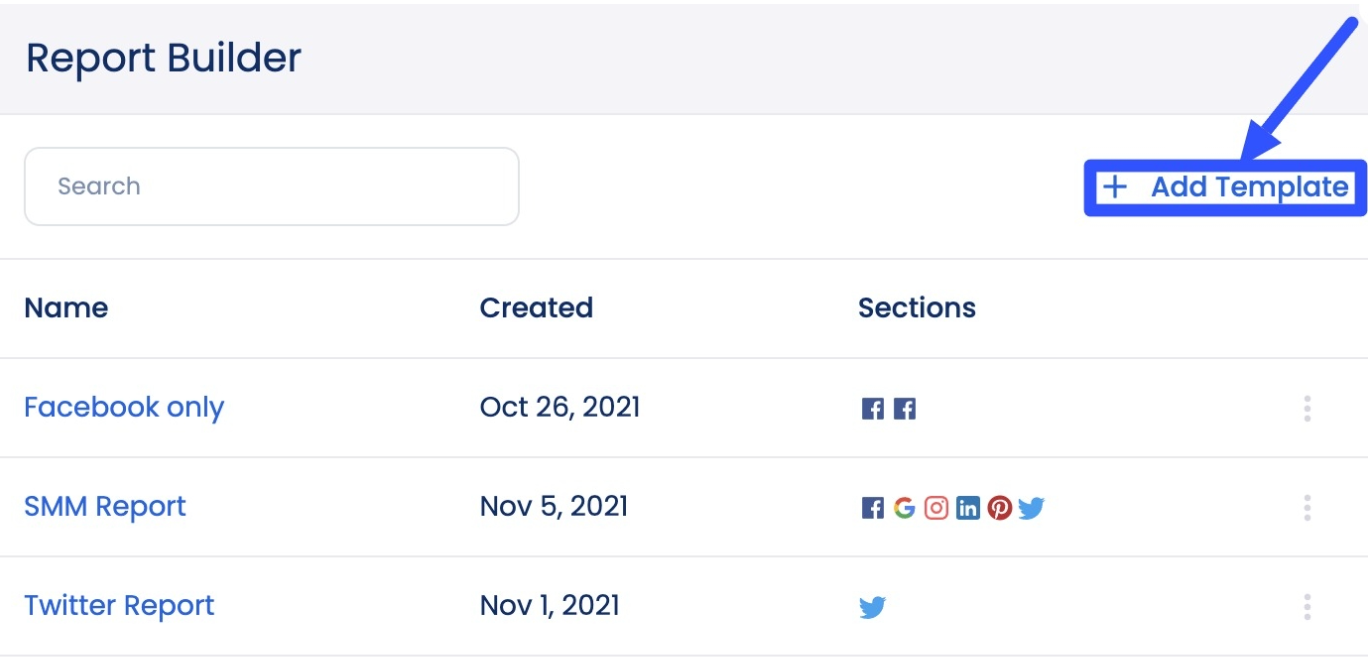
Next, select the metrics you want to include in your report template
You can customize the rest of the template by renaming the metrics, adding more text per section, and hiding sections you wish to exclude.
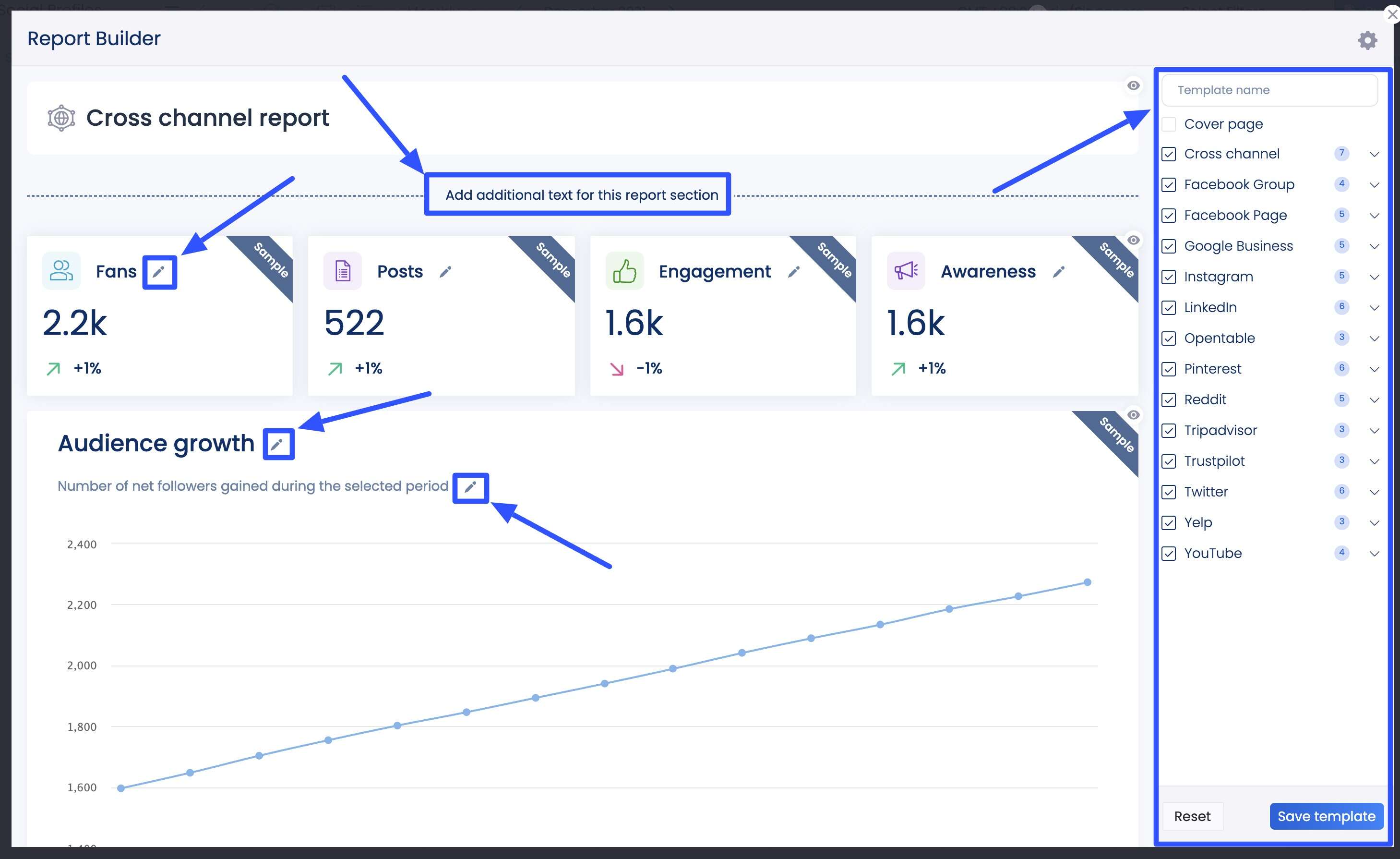
Name your report template and click Save template when you’re done.
Besides tracking engagement and other social media data, Vista Social offers more handy features, such as:
- A social media publishing feature that lets you schedule your clients’ posts for auto-publishing across platforms from one location. You can upload your clients’ images and videos, add captions, customize the post, and set an optimal auto-publishing schedule
[Must read: Most Affordable Social Media Scheduler [2024 Comparison]]
Try Vista Social for Free
A social media management platform that actually helps you grow with easy-to-use content planning, scheduling, engagement and analytics tools.
Get Started Now- A content calendar for seamless content planning, development, and management of all your clients’ scheduled, drafted, and for review posts
- An AI Assistant powered by ChatGPT that can instantly generate and suggest improvements for post descriptions and captions
- Hashtag tools and username generators to streamline finding relevant, trending, and brand-related hashtags and usernames for clients
- Social media engagement features, including a Social Inbox to centralize and simplify managing your clients’ social media conversations and follower comments
- Automated social media approval workflows to streamline your content submission, review, and approval process
[Must read: How a Social Media Approval Software Can Accelerate Approval Workflows]
Vista Social offers more features, from review management to social listening.
2. Use native social media platform analytics
If you prefer native tools, built-in analytics within social media platforms can be your best choice.
Native social media platform analytics allow you to track engagement and other social media data, helping you understand audiences and how they interact with your clients’ posts.
Some of these built-in analytics tools include the following.
Facebook Insights
Facebook Insights (Not to be confused with Facebook Audience Insights) can visualize incoming data from your client’s business page.
It can help you learn how users behave on your client’s page, the content they engage with, and how the page fares against competitors.
Essentially, you can leverage Facebook Insights to track your clients’ audience engagement data on the platform, including the following metrics:
- Engagement: The number of people who shared, liked, commented, or reacted to your client’s content
- Reach: The number of Facebook users who have seen your client’s content
- Page likes: The number of users who like your client’s Facebook business page
- Page views: The number of times non-users and active users on the platform have viewed your client’s page
- Actions on page: The number of actions Facebook users take on your client’s business page, such as clicking on a link
To access your client’s Facebook Insights, log into their account using their credentials.
From their feed, click Pages on the left side menu.
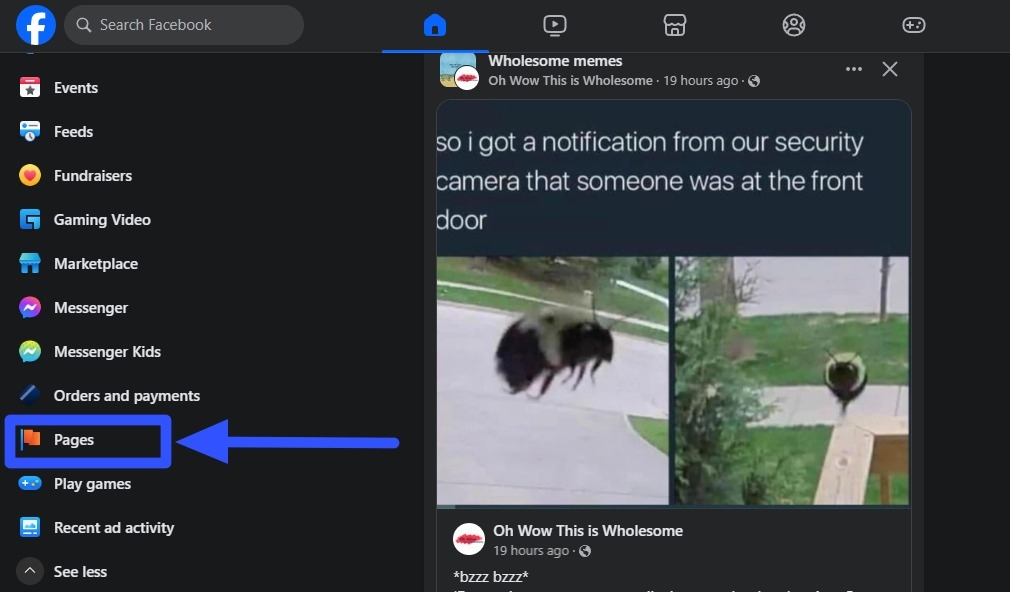
To access your client’s business page, click on it and select Insights from the left-hand navigation menu.
Under the Professional dashboard, you can see an overview of your client’s page performance.
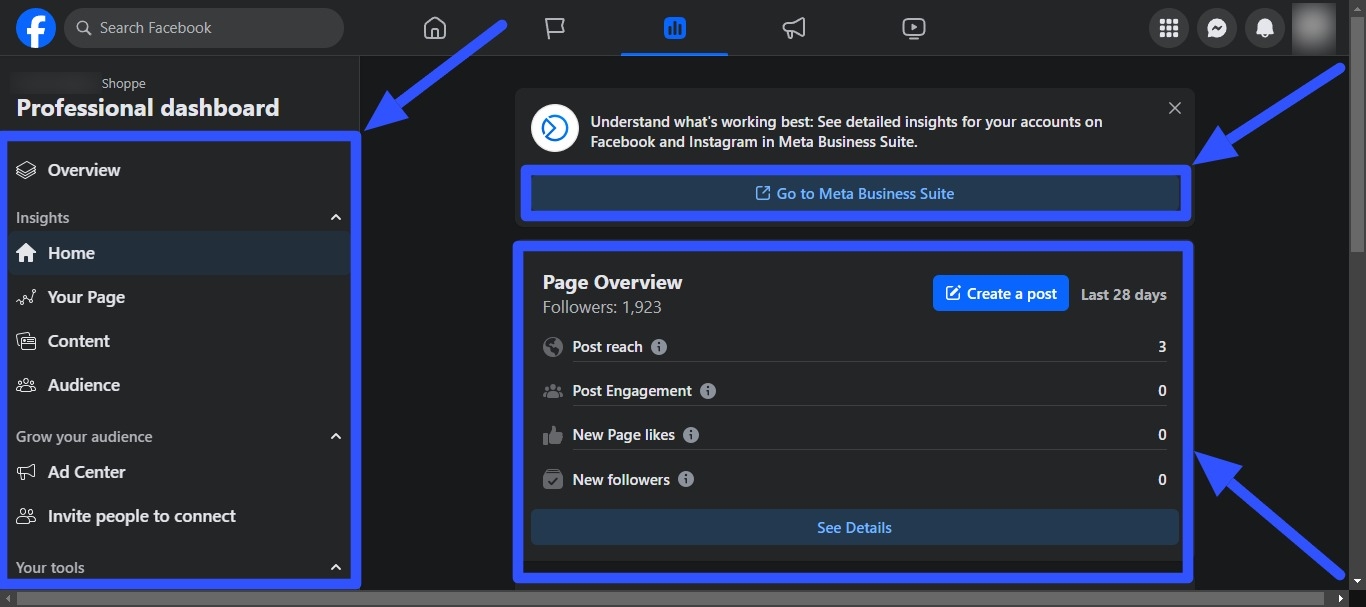
Click Go to Meta Business Suite to get more detailed insights.
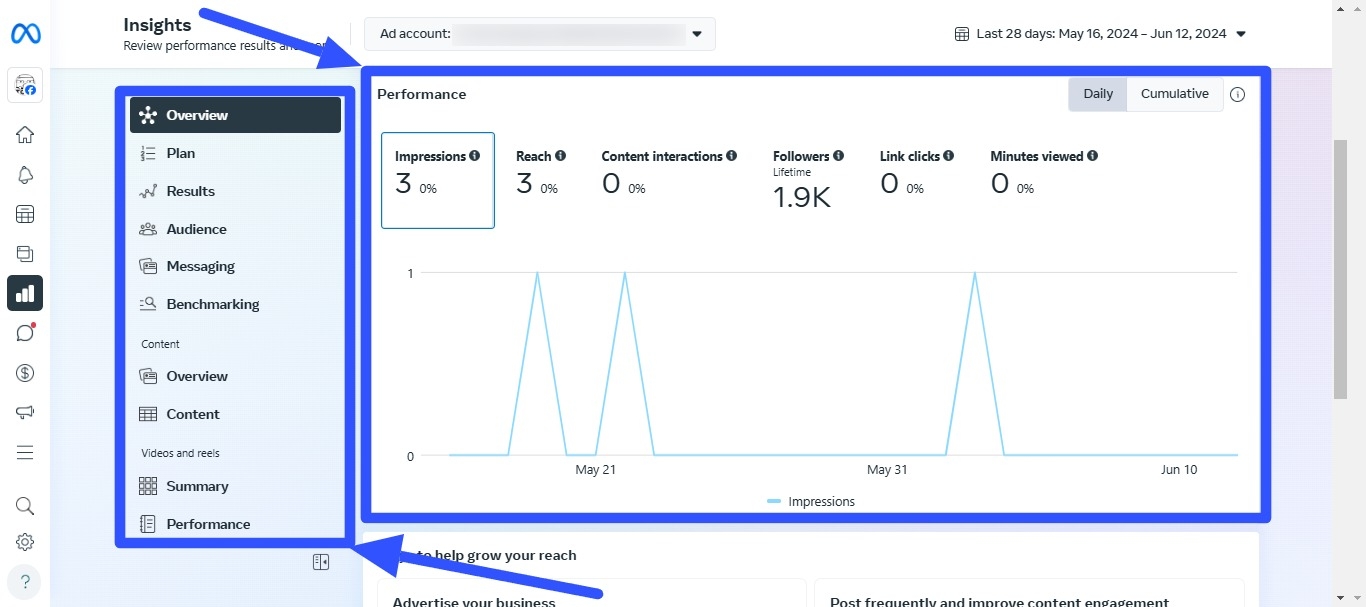
The data can help you gain insights into your client’s Facebook post performance and engagement metrics to see which content resonates most with audiences.
[Must read: 6 Months of Social Media Content Ideas in Under 60 Minutes]
The insights can help you tailor your client’s strategy to meet audience needs and preferences better, boosting engagement.
Instagram Insights
Instagram Insights (available on the mobile app) can help you learn about overall trends across followers and your client’s content performance with audiences.
The built-in Instagram analytics feature lets you view specific Stories, Reels, videos, posts, and live insights. These can help you assess how each piece of content performed and how users engaged with it.
Insights are free and available only for Instagram creators or business accounts.
You can track and view the following metrics via Instagram Insights.
- Recent highlights. The recent highlights section shows notable increases in your client’s account performance within your selected custom or pre set timeframe (within the last 90 days)
- Overview. The overview section shows the number of accounts reached and engaged, the total followers, and approximate earnings within the last 90 days
- Accounts engaged. The metric shows the number of unique accounts that interacted with your client’s content. It includes the demographic details on the accounts your client engaged
- Accounts reached. The metric is the number of unique accounts that have seen your client’s content on screen at least once. It also shows the demographic information on the accounts your client’s reached, including the top cities, countries, gender, and age ranges breakdown
- Total followers. The total followers metric shows the trends across your client’s followers when they have at least 100 followers. The insights include the number of followers gained or lost, top locations of followers, age range, and the times the followers are most active on Instagram
- Content you shared. You can get insights into the content posted and boosted on your client’s Instagram feed, video, and Stories under the Content you shared data
- Content interactions. You can see the actions users take when they engage with your client’s Instagram content under
- Content interactions. The interactions include comments, likes, replies, shares, and saves
- Plays. The number of plays is the count of when your client’s Instagram video starts to play because someone clicked Play or when it plays automatically.
You can also use other platform-specific analytics tools such as LinkedIn Page analytics and X (Twitter) Analytics.
Leveraging built-in social media platform analytics tools can give you the insights you need without using third-party tools.
However, you’ll need to put time and effort into consolidating everything since you must get data and insights from each individual platform.
3. Do manual tracking
Using reliable tools to track and analyze engagement data is the best and most practical option.
However, manual tracking can be an excellent way to familiarize yourself with trends and metrics, particularly if you’re new to monitoring social media engagement.
If you prefer a more hands-on approach, you can create a spreadsheet to log your clients’ engagement metrics regularly.
For instance, you can set up columns for various metrics such as shares, comments, impressions, and likes and update them daily, weekly, or monthly.
This method lets you personalize your tracking process and gives you full control over how you organize and analyze your clients’ engagement data.
Having your clients’ engagement data on your spreadsheet allows you to spot trends over time.
For example, you can see that a specific content type outperforms others, or your client’s posts get more engagement on certain days of the week.
The engagement tracking method can help you stay on top of your clients’ social media performance while deepening your understanding of how various factors influence engagement.
Just be prepared to invest more time and effort since manual engagement tracking is time-consuming and tedious compared to social media analytics tools.
Common mistakes to avoid when tracking engagement on social media
Track your clients’ social media engagement like a pro by understanding and avoiding these common mistakes.
Focusing only on vanity metrics
The temptation to zero in on follower counts and likes is strong because, let’s face it, they look pretty impressive.
But these vanity metrics don’t tell the whole story.
Dig deeper into metrics that give you the entire picture, such as shares, comments, and click-through rates.
Doing so can give you a better and deeper understanding of genuine social media engagement.
Ignoring negative feedback
Negative feedback and comments can be discouraging, but they’re still considered engagement and can have value.
Less than stellar comments can give insights into what’s not working for your clients’ social media marketing and audience engagement efforts.
These can open up many opportunities to improve your clients’ content and strategies.
So, instead of ignoring negative feedback, learn from them.
Inconsistent tracking
Failing to track your clients’ engagement regularly can result in misleading data.
Be consistent with your social media engagement tracking to get more reliable data and accurate results.
Maintain a regular engagement tracking schedule, whether daily, weekly, or monthly, to spot trends and measure your client’s progress more accurately..
Not setting clear goals
Monitoring your clients’ social media engagement can feel aimless if you don’t set clear goals.
After all, your engagement goals will define success for you and your clients, whether boosting website traffic, raising brand awareness, or driving sales.
So, set goals to guide your engagement tracking efforts and make your clients’ data more actionable.
Not analyzing competitors
Focusing only on your clients’ metrics can mean missing out on valuable insights from their competitors.
Compare your clients’ engagement data with their competitors and understand industry trends.
Doing so helps you determine where your clients stand in their markets and learn from their competitors’ successes and gaps.
Not acting on insights
Data is only useful if you act on it.
That said, don’t just gather and track your clients’ engagement data on social media for the sake of it.
Use the insights to adjust and improve your clients’ posting times, content strategies, social media marketing workflows, and interaction methods.
[Must read: Create Your Social Media Marketing Workflow: w/ Tips & Steps]
Leverage the insights to make data-driven decisions to improve your clients’ audience engagement and social media performance.
Track social media engagement like a boss
Analyzing social media engagement data can feel overwhelming, but it doesn’t have to be.
The key is to learn the best methods and use the right tools to make engagement tracking as smooth as a fresh jar of peanut butter.
When in doubt, always opt for the time-tested method and tool, such as Vista Social.
The platform’s reports and analytics feature can help you track, analyze, and compare all your clients’ social media engagement and other data.
You’ll have everything you need in one platform, from social media analytics to content scheduling.
Create your Vista Social account now to see what all the buzz is about.
About the Author
Content Writer
Jimmy Rodela is a social media and content marketing consultant with over 9 years of experience, with work appearing on sites such as Business.com, Yahoo, SEMRush, and SearchEnginePeople. He specializes in social media, content marketing, SaaS, small business strategy, marketing automation, and content development.
Read with AI
Save time reading this article using your favorite AI tool
Summarize with AI
Never Miss a Trend
Our newsletter is packed with the hottest posts and latest news in social media.
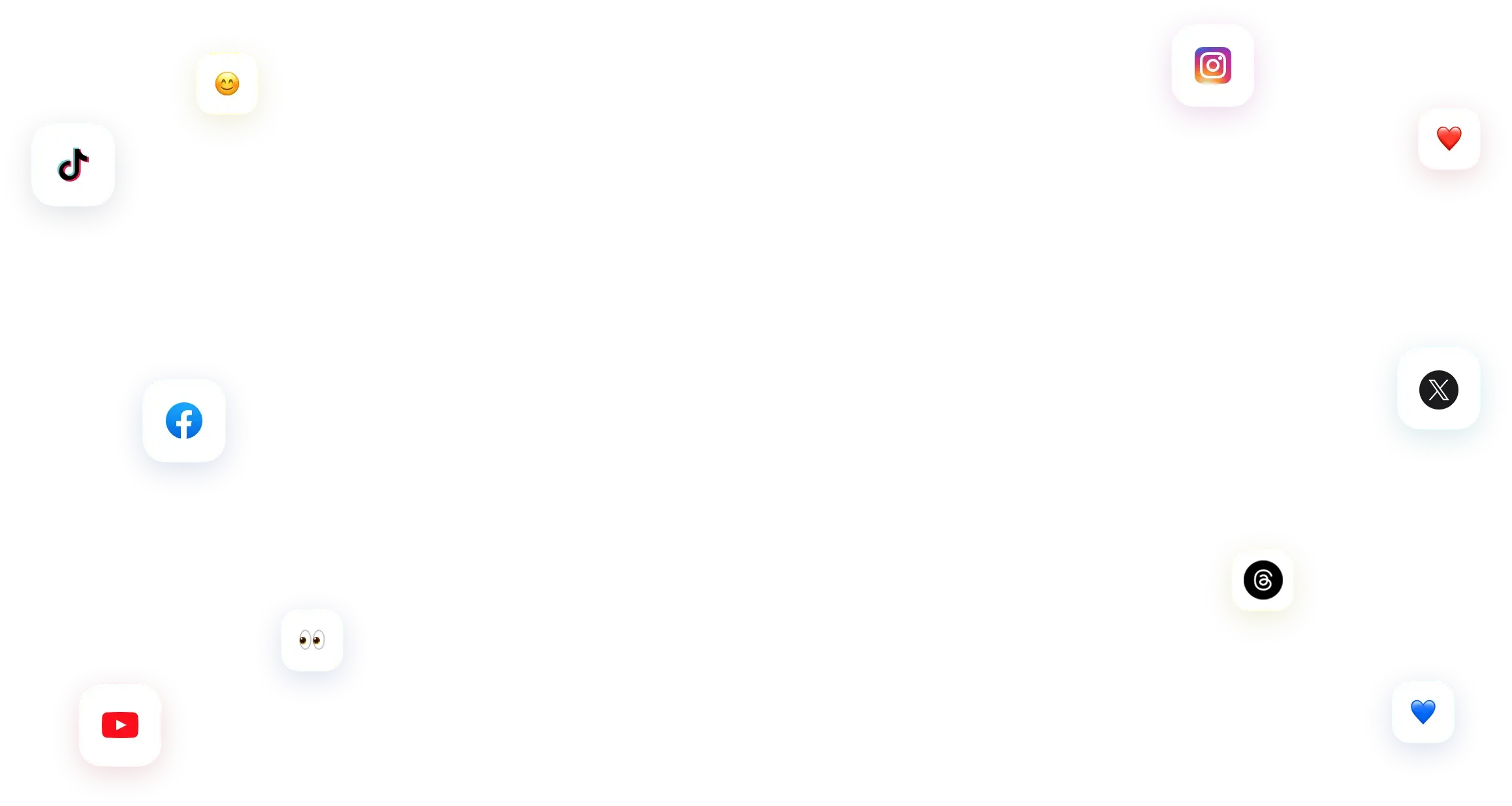
You have many things to do.
Let us help you with social media.
Use our free plan to build momentum for your social media presence.
Or skip ahead and try our paid plan to scale your social media efforts.
P.S. It will be a piece of cake 🍰 with Vista Social
Subscribe to our Newsletter!
To stay updated on the latest and greatest Social Media news. We promise not to spam you!
